Looking up at the night sky in the Atacama Desert feels like someone sprinkled diamonds across black velvet. This slice of Chilean paradise sits at the perfect spot – high altitude, clear skies, and so far from city lights that the stars seem close enough to touch.
The world’s driest desert has earned its place as Earth’s stargazing capital, drawing both amateur sky-watchers and professional astronomers. Ready to discover the perfect spots where the Milky Way puts on its best show?
These hidden gems across the Atacama will make you feel like you’ve got front-row seats to the universe’s greatest light show.
Valle de la Luna
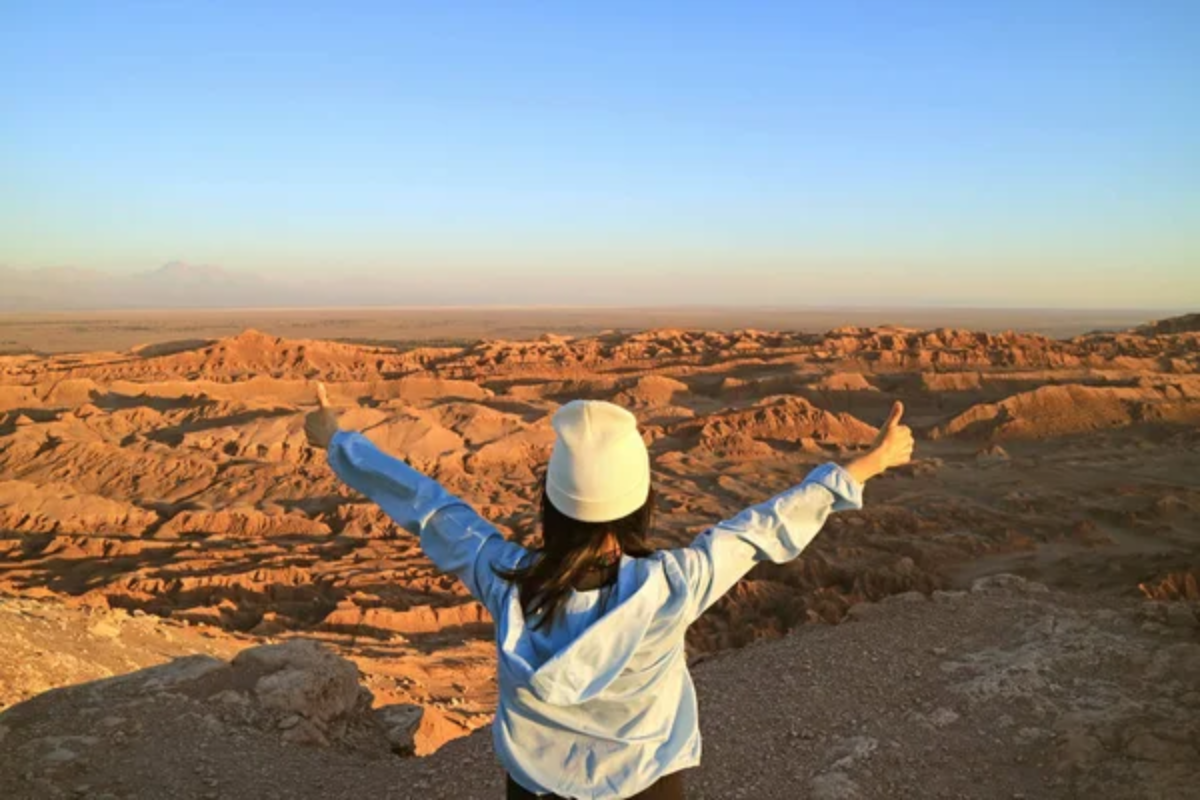
This moon-like valley lives up to its name with landscapes that look straight from another planet. The salt-crusted ridges provide natural platforms for setting up telescopes, and the complete darkness makes the stars pop like fireworks.
The nearby visitor center offers basic amenities, making it perfect for long nights of sky-watching without completely roughing it. Local guides say the best viewing happens two hours after sunset when your eyes fully adjust to the darkness.
Most visitors don’t realize that the valley’s unusual rock formations actually help block any stray light from nearby towns.
ALMA Observatory Base
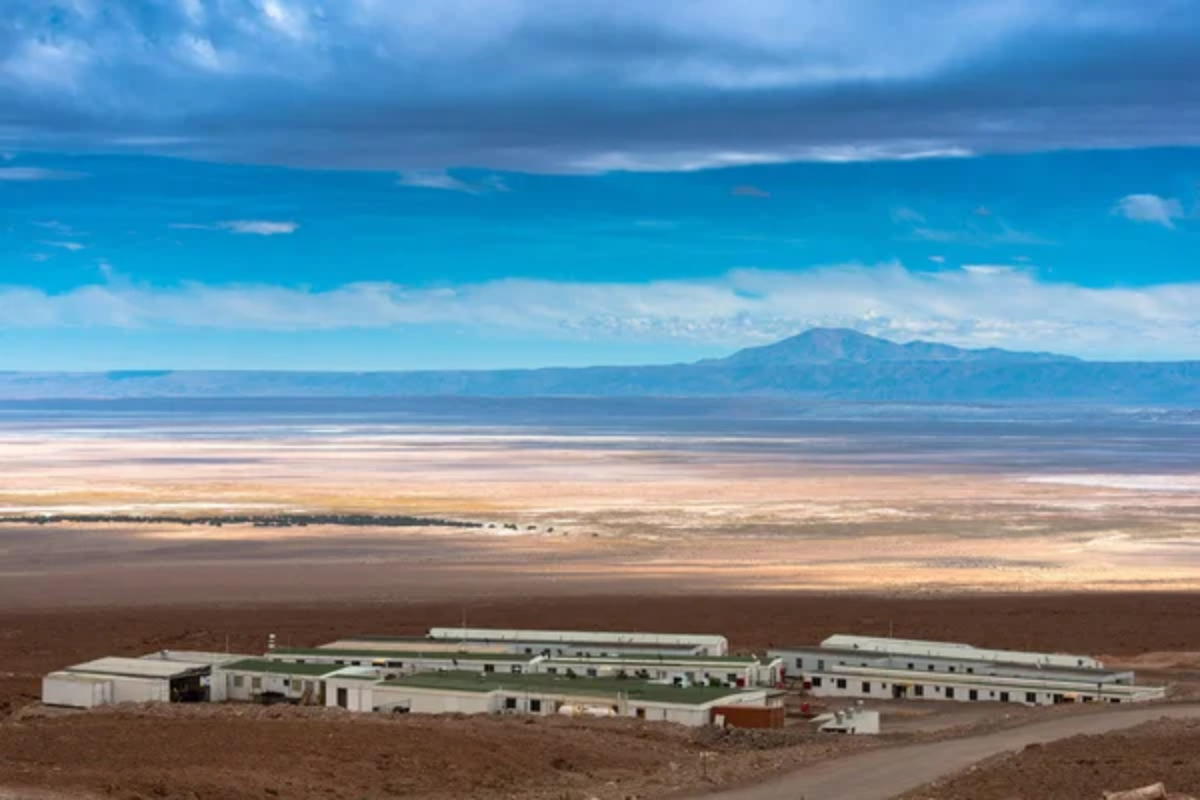
While the actual telescopes are off-limits, the base area welcomes visitors with open arms and offers free star charts at the information desk. The high-altitude platform offers views that’ll make your jaw drop, and the thin air makes stars twinkle like crazy.
The spot’s closeness to San Pedro de Atacama means you won’t have to drive far to get back to your hotel after a night under the stars. Staff members often share stories about their favorite celestial events, adding a personal touch to your viewing experience.
The base area includes covered viewing spots that protect you from the chilly night winds while keeping the sky view clear.
Like Travel Pug’s content? Follow us on MSN.
Cejar Lagoon

The salt-rimmed lagoon creates a perfect mirror for starlight, doubling your viewing pleasure. During clear nights, you can see stars both above and reflected in the still waters, creating a 360-degree space show.
The nearby parking area makes it easy to set up chairs and telescopes without hauling gear too far. Local astronomers often choose this spot for meteor shower watching because the reflections make it easier to catch every streak of light.
The surrounding salt flats create a natural white border that seems to glow under moonlight, adding to the otherworldly experience.
Yerbas Buenas
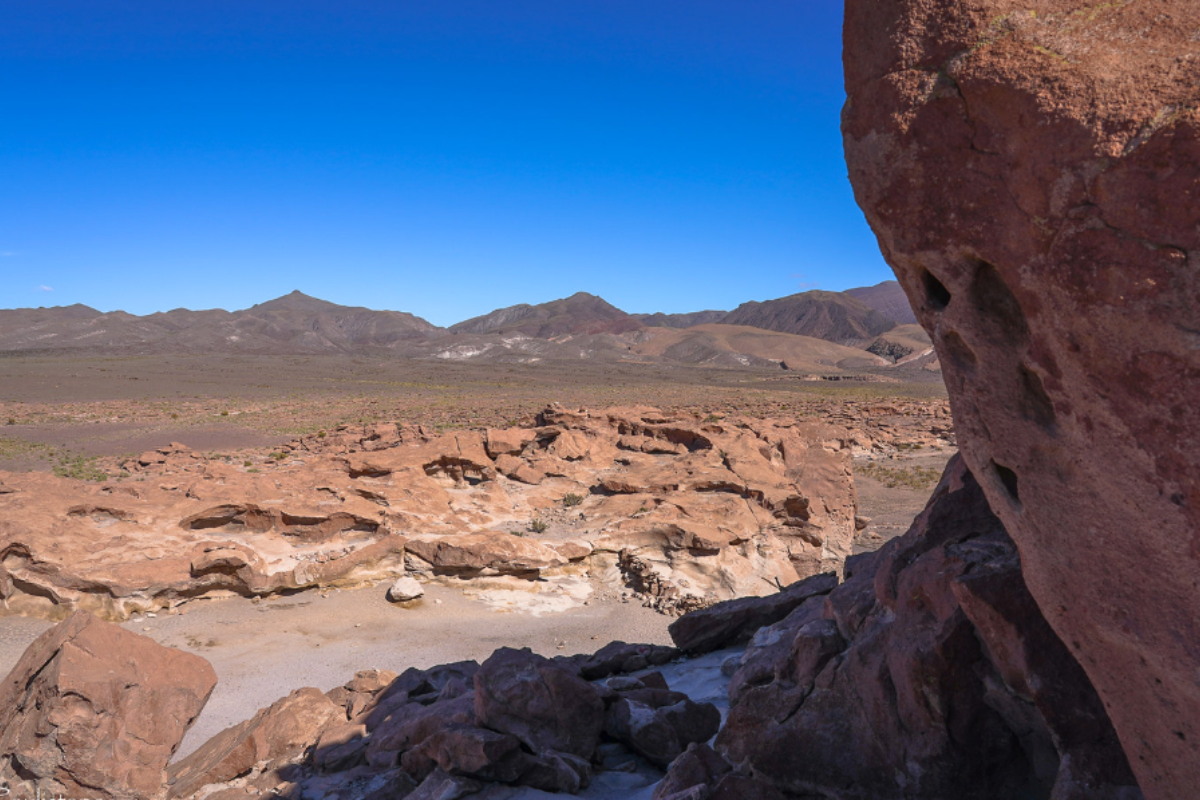
Ancient rock art by day transforms into a perfect stargazing spot by night, connecting you to centuries of sky watchers. The natural rock formations block any stray light from nearby roads, creating a pitch-black canvas for the stars.
The site’s historical significance adds an extra layer of wonder to your stargazing experience, especially when you realize ancient peoples used these same stars for navigation. Local guides can point out the same star patterns that inspired the ancient rock artists.
A small platform area provides stable ground for telescope setup while keeping you away from the fragile rock art.
Tatio Geysers Viewpoint

At 14,000 feet above sea level, this spot puts you closer to the stars than most places on Earth, with air so thin and clear it feels like you could touch the Milky Way. The geysers stop their show at night, leaving behind absolute silence and darkness that creates perfect viewing conditions.
Photographers particularly love this location because the leftover steam vents create mysterious foregrounds for nighttime shots. Local tour guides recommend arriving before sunset to acclimate to the altitude while watching the day’s last geyser shows.
Just remember to pack extra warm clothes – it gets mighty cold up here after sunset, often dropping below freezing.
Like Travel Pug’s content? Follow us on MSN.
Cordillera de la Sal

The Salt Mountain range provides dozens of hidden valleys perfect for private stargazing sessions, each offering its unique view of the sky. The white salt crystals seem to glow under starlight, creating an otherworldly backdrop that makes you feel like you’re on another planet.
Local guides know the best pullover spots away from the main tourist areas, where the silence is so complete you can hear your own heartbeat. Regular visitors say the best spots are the small valleys facing south, where you can catch perfect views of the Southern Cross.
The natural salt walls provide wind protection while also serving as comfortable backdrops for setting up camp chairs.
Pukará de Quitor

This ancient fortress sits on a hill that’s just the right height for star viewing, offering a perfect blend of history and astronomy. The old stone walls block wind and provide comfortable seating spots while preserving the site’s historical significance.
The site’s elevation offers clear views of both the northern and southern sky, making it possible to spot constellations from multiple hemispheres. Local astronomy clubs often host educational nights here, sharing stories about how the region’s ancient inhabitants used the stars for navigation.
The fortress’s strategic location means you can easily spot five different planets on clear nights.
Laguna Chaxa
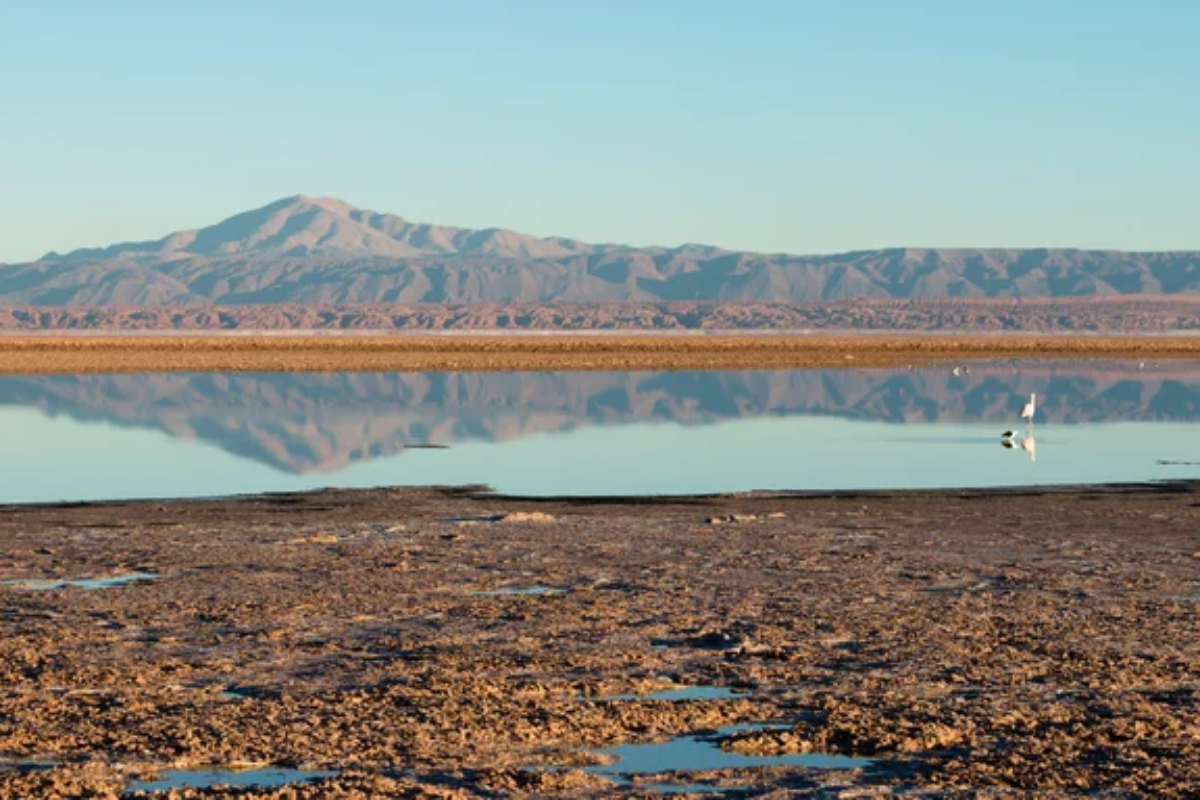
The flamingo sanctuary becomes a stargazer’s paradise after the pink birds turn in for the night, creating an unusually peaceful atmosphere. The salt flat’s white surface reflects starlight, making the whole place glow softly under the stars.
The wooden walkways make perfect platforms for setting up equipment without disturbing the delicate ecosystem. Nighttime visitors often hear the gentle sounds of sleeping flamingos mixing with the desert wind.
The site’s location in the heart of the salt flat means you get unobstructed views in every direction.
Like Travel Pug’s content? Follow us on MSN.
Salar de Tara
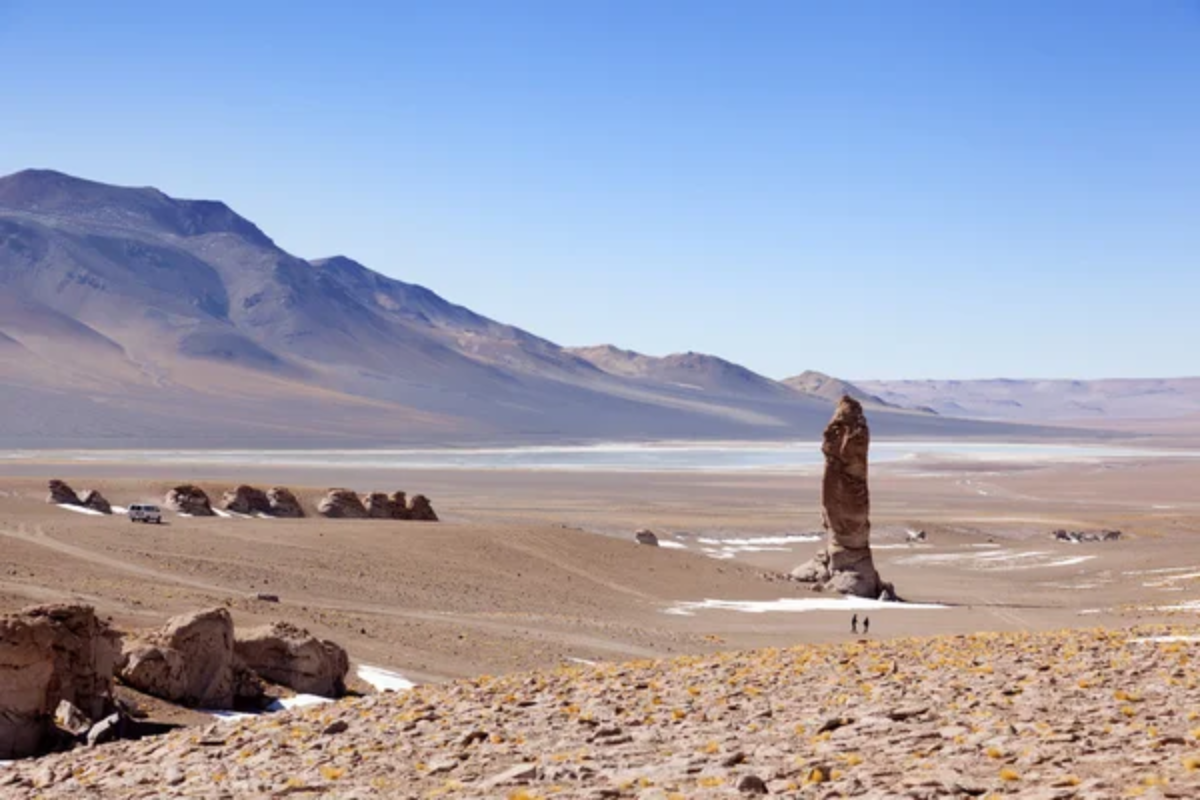
This high-altitude salt flat sits so far from everything that light pollution doesn’t exist here, making it one of the darkest spots in the entire desert. The surrounding mountains create a natural amphitheater facing the sky, protecting viewers from high-altitude winds.
The site’s remoteness means you’ll need a good 4×4 vehicle to reach it, but the journey rewards you with some of the clearest night skies on Earth. Local guides say the best viewing happens between midnight and 3 AM when the air is completely still.
The salt flat’s white surface serves as a natural reflector, making stars appear even brighter.
Devil’s Canyon
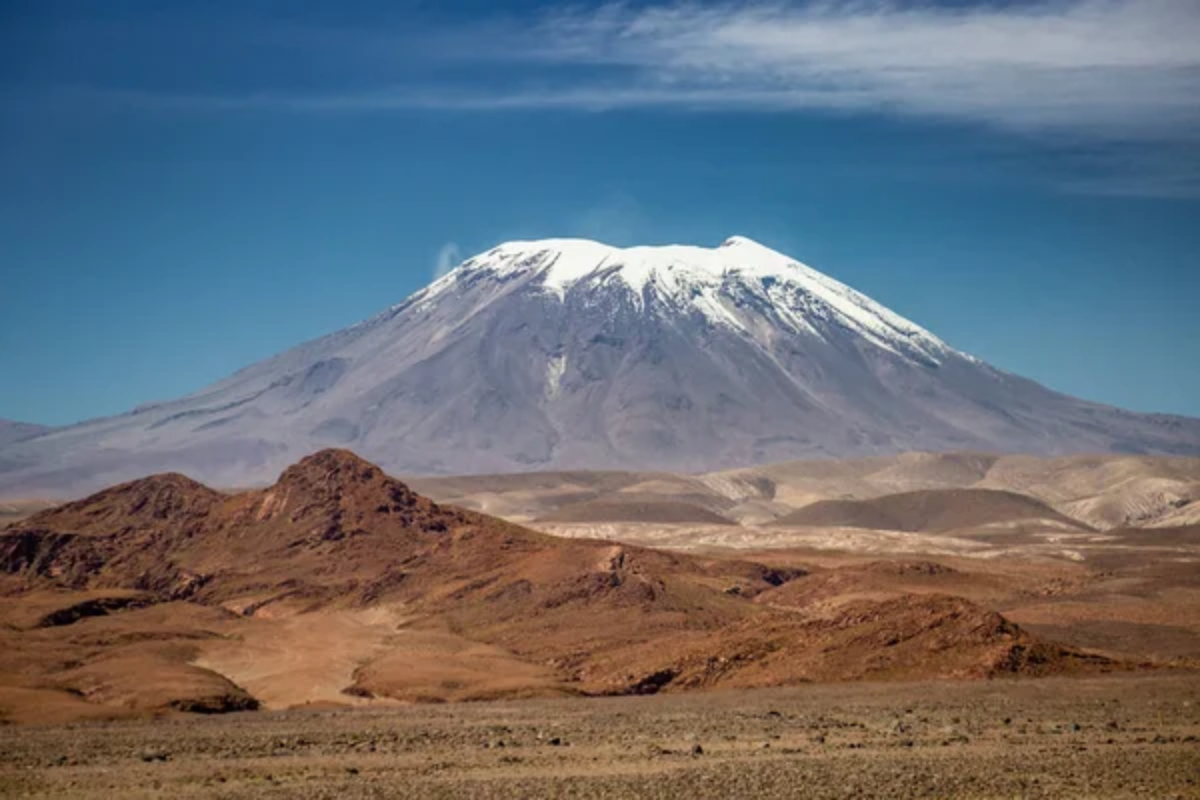
Don’t let the name scare you – this spot offers heavenly views of the night sky through its perfectly aligned canyon walls. The deep canyon walls frame the star-filled sky like a natural picture frame, creating an effect photographers travel miles to capture.
The nearby parking area makes it accessible even for folks who don’t want to hike in the dark, with smooth paths leading to multiple viewing platforms. Expert guides recommend visiting during new moon phases when the canyon’s natural darkness reaches its peak.
The canyon’s unique shape creates perfect acoustics, making it eerily quiet and perfect for contemplating the cosmos.
Láscar Volcano Base
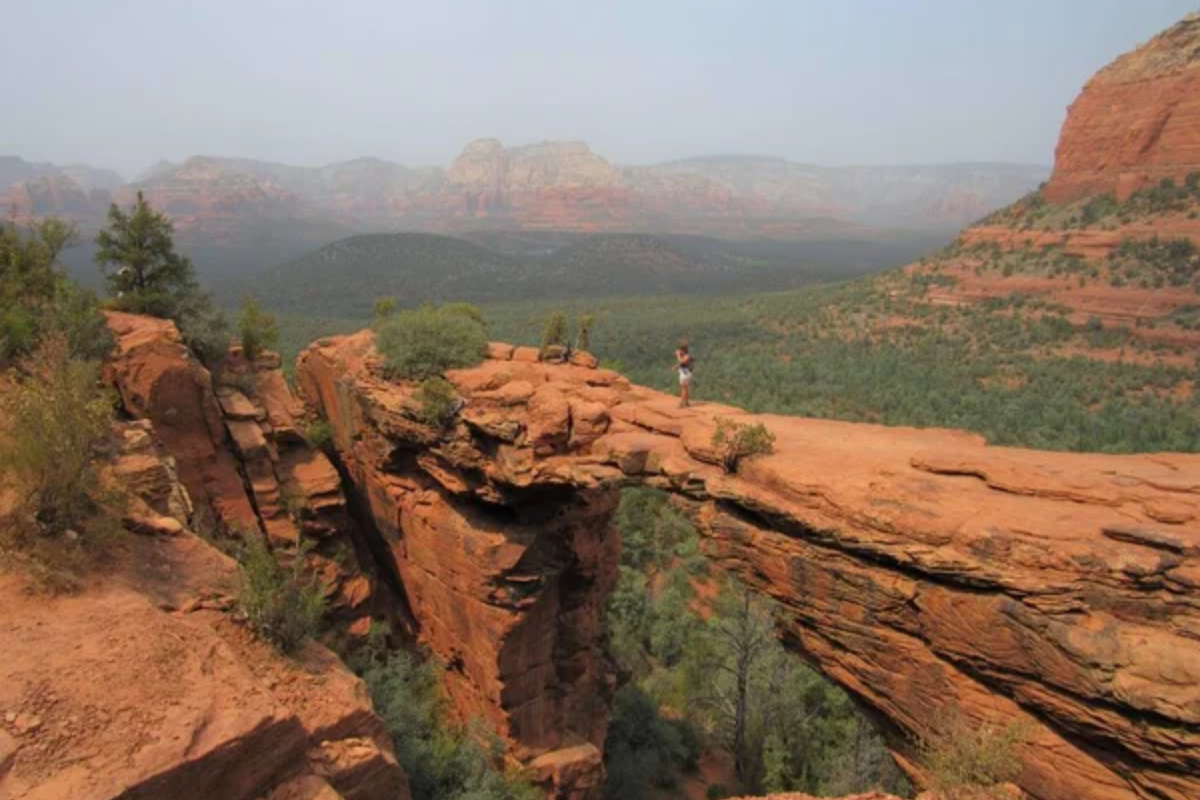
The dormant volcano’s base provides a stable ground for telescope setup and incredible views that stretch beyond the horizon. The high altitude means clearer air and better star visibility, especially for spotting distant galaxies and nebulae.
Local astronomy guides say the volcanic minerals in the soil actually help stabilize tripod equipment better than regular desert sand. Just check local volcanic activity reports before heading out, as occasional steam vents can affect visibility in certain areas.
The site’s elevation makes it one of the few places where you can clearly see both the Southern Cross and the North Star.
Like Travel Pug’s content? Follow us on MSN.
Miscanti Lagoon

The high-altitude lake creates perfect conditions for astrophotography, with its surface acting like a giant mirror for the stars above. The still waters mirror the stars, creating opportunities for stunning reflection shots that look like portals to another dimension.
The site’s 13,000-foot elevation means you’ll need to acclimate before spending the night, but the extra effort pays off with incredibly clear skies. Local photographers recommend arriving two hours before sunset to scout the best shooting locations along the shore.
The surrounding volcanic peaks create natural wind barriers that help keep camera equipment steady.
Monturaqui Crater

This meteorite impact crater offers a fitting spot to stargaze – after all, it’s a piece of space right here on Earth, spanning nearly a mile across. The raised rim blocks any distant light pollution, creating perfect viewing conditions that make you feel like you’re in a natural observatory.
The flat crater floor provides plenty of space to spread out equipment without worrying about uneven ground. Local scientists sometimes host meteor shower viewing parties here, adding expert commentary to the light show above.
The crater’s location away from common tourist routes means you’ll often have the entire site to yourself.
Toconao Village Outskirts
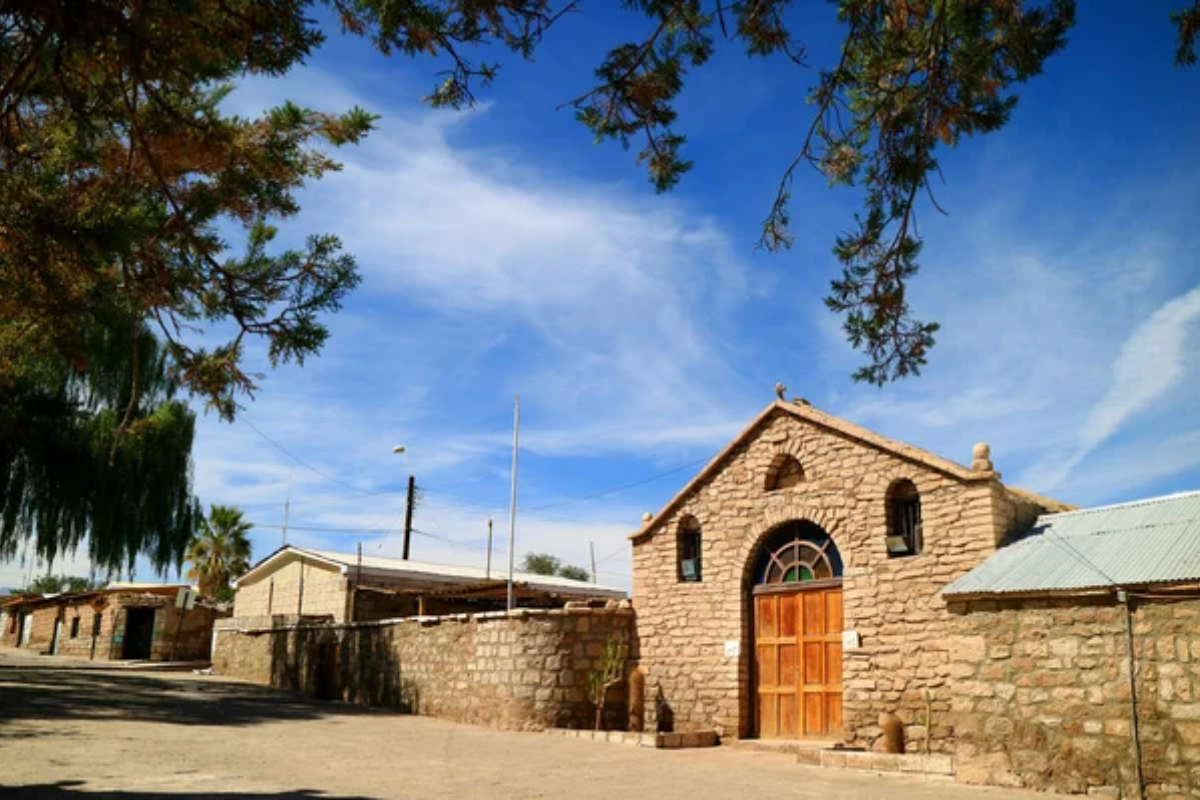
This tiny village’s outskirts offer easily accessible yet dark skies that rival more remote locations. The old church tower serves as a perfect landmark for finding your way back in the dark, while its bells mark viewing hours for organized groups.
Residents often share traditional stories about the stars while you wait for your eyes to adjust to the darkness. The village’s elevation provides clear views of both the Milky Way and the Magellanic Clouds.
Friendly locals sometimes offer late-night coffee and snacks to stargazers, making it feel like a community event.
Like Travel Pug’s content? Follow us on MSN.
San Pedro Church Square
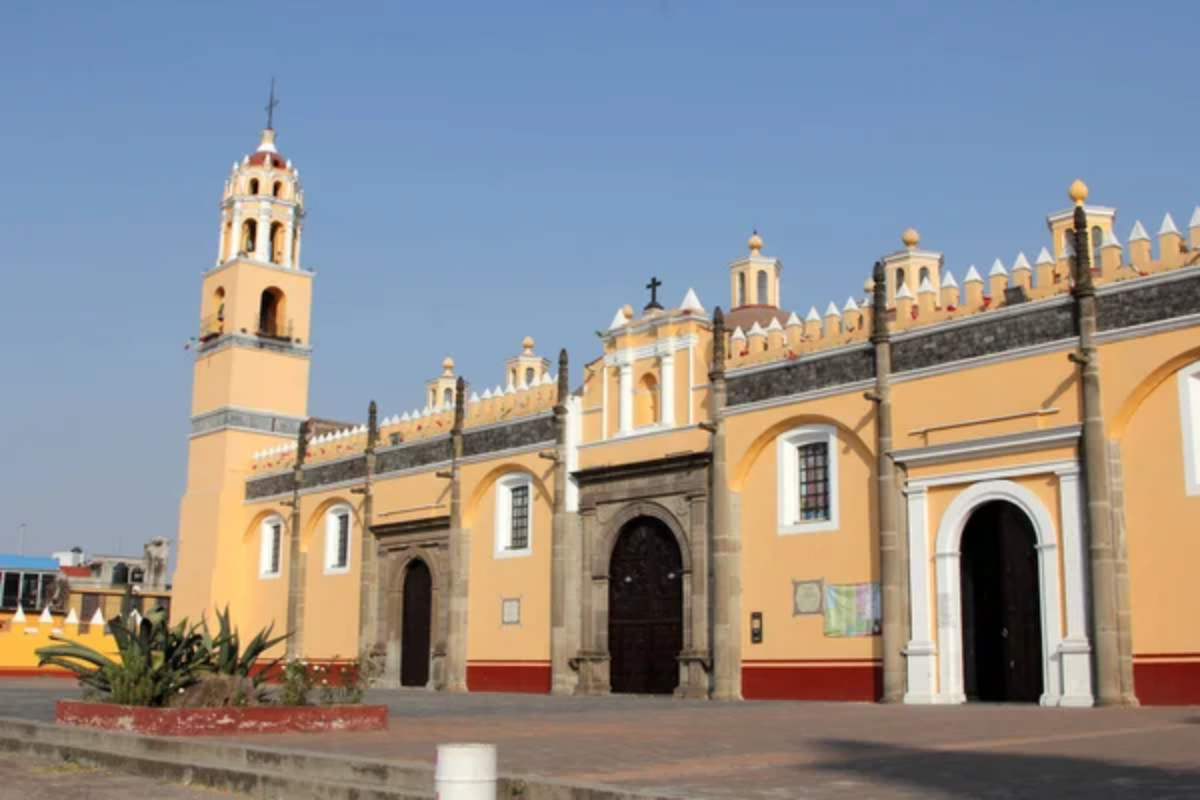
While not the darkest spot, this accessible location works great for quick viewing sessions and serves as a perfect introduction to desert stargazing. The historic square provides comfortable seating and safe surroundings, with local guides often offering impromptu astronomy lessons.
It’s perfect for families with young kids who can’t stay up too late or travel to remote locations. The square’s central location means you’ll find plenty of late-night cafes nearby for warm drinks between viewing sessions.
Local astronomy clubs regularly set up telescopes here during special celestial events, sharing their equipment and knowledge with visitors.
Tulor Village Site
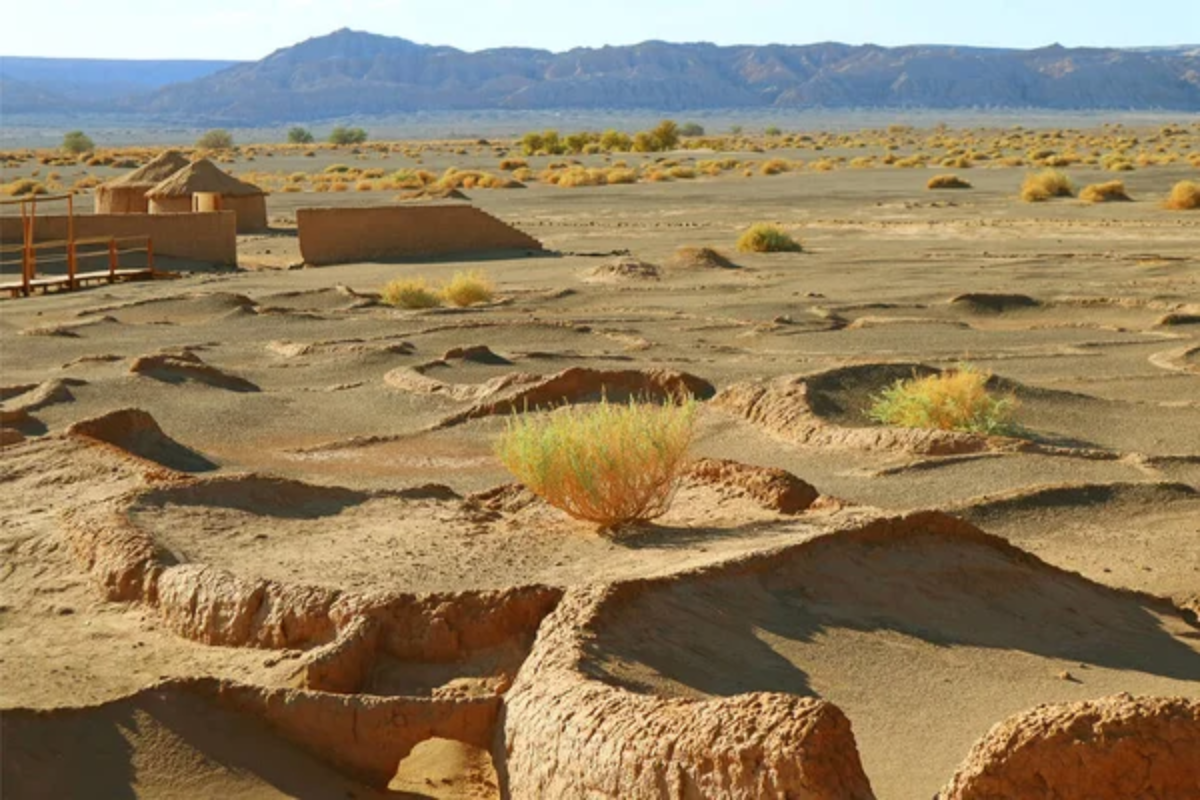
The ancient settlement site provides a flat, stable ground for telescope setup, with centuries-old adobe walls creating perfect viewing nooks. The surrounding desert creates a perfect 360-degree viewing platform unmarred by modern structures or lights.
The archaeological site’s age adds a touch of history to your stargazing experience, especially when you realize people have been watching the stars from this exact spot for over 3,000 years. Special night tours combine astronomy with archaeology, helping visitors understand how ancient peoples used the stars.
The site’s location is just far enough from San Pedro, which means you get dark skies while staying within easy reach of amenities.
Valle de Marte
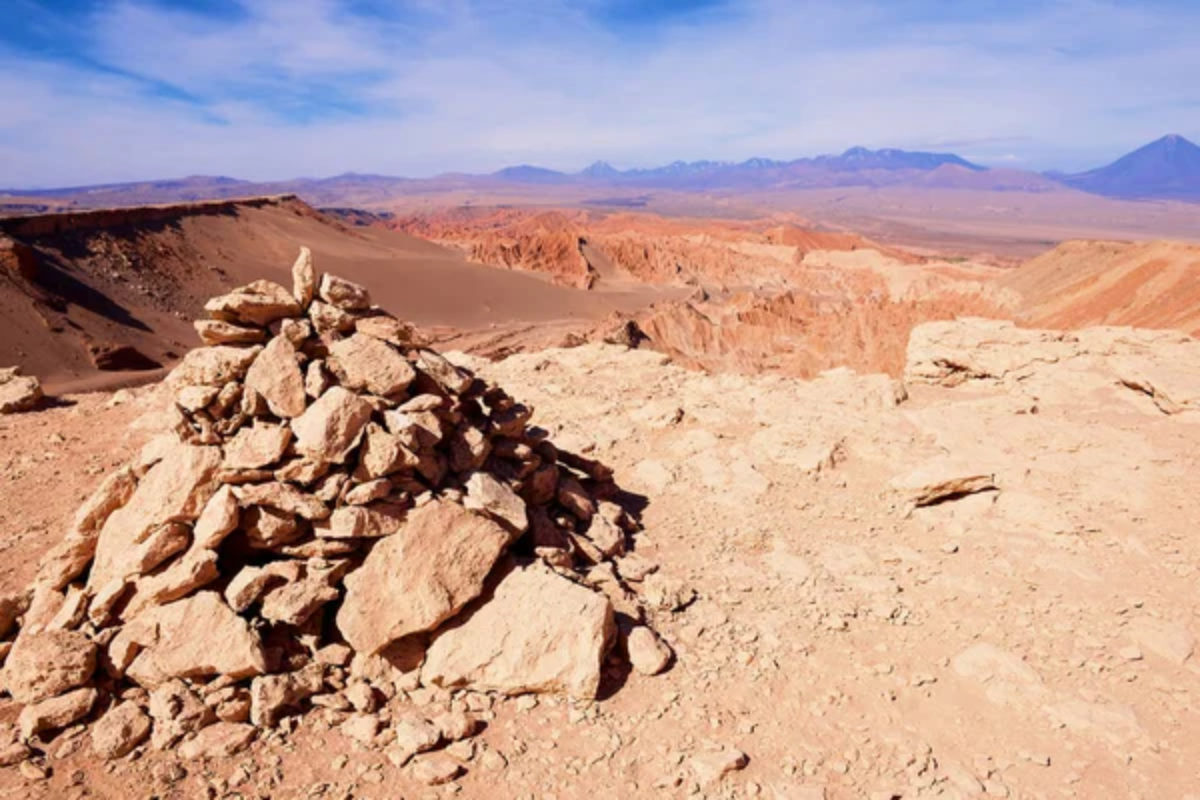
Mars Valley earned its nickname honestly – the red rocks look like they’re from the red planet, creating an otherworldly backdrop for stargazing. The elevated viewing areas provide clear sightlines to every corner of the sky, with natural rock formations forming perfect seats.
The site’s proximity to San Pedro makes it perfect for short viewing trips, especially for those not ready to venture deep into the desert. Scientists often choose this spot to study Mars during its closest approaches to Earth, thanks to the similar landscape.
The valley’s unique geology helps block light pollution while creating natural acoustic spaces perfect for quiet contemplation.
Like Travel Pug’s content? Follow us on MSN.
Piedras Rojas
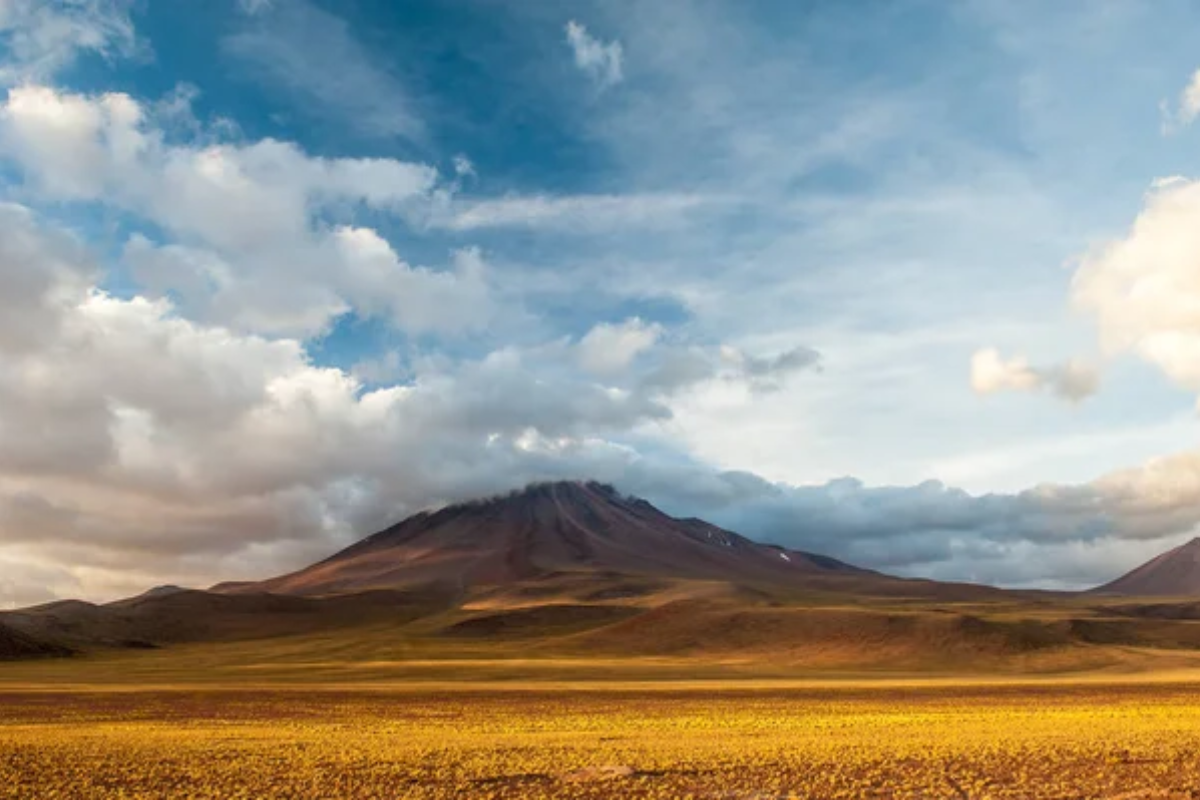
The red rocks turn nearly black at night, creating a perfect dark backdrop for stargazing that helps eyes adjust quickly to the darkness. The natural rock formations provide wind protection and comfortable seating, with flat areas perfect for setting up viewing equipment.
The site’s remoteness ensures absolutely no light pollution, making it possible to see even the faintest stars. Local guides know exactly where to position telescopes for the best views of different constellations throughout the year.
The high elevation and dry air create some of the clearest viewing conditions in the entire desert.
Machuca Village
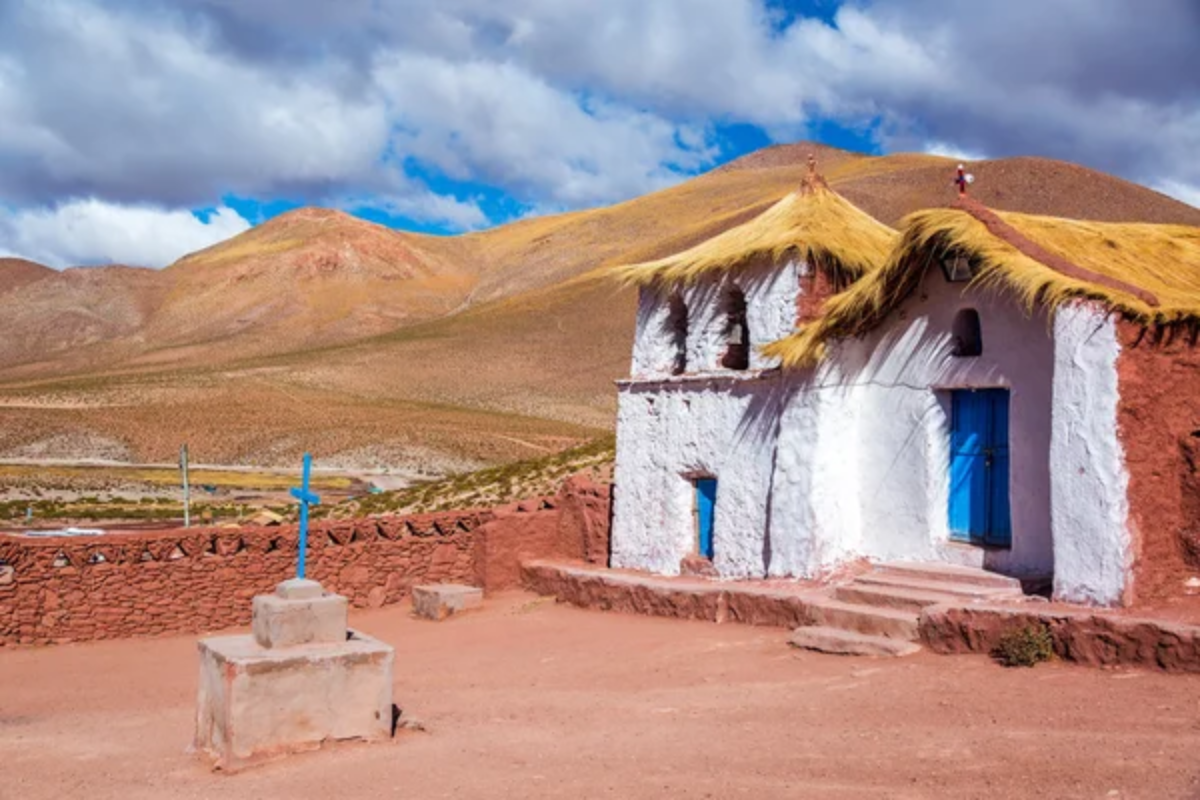
This tiny highland village sits at just the right elevation for clear sky viewing, offering a perfect balance of altitude and accessibility. The local community welcomes stargazers and sometimes offers hot drinks on cold nights, creating a cozy atmosphere even in the chilly desert air.
The village’s small size means minimal local light interference, while its elevation provides particularly clear views of southern constellations. Traditional structures provide natural windbreaks for setting up equipment, and locals often share ancient stories about the stars.
The site’s location along ancient trade routes adds historical significance to your stargazing experience.
Ojos del Salar
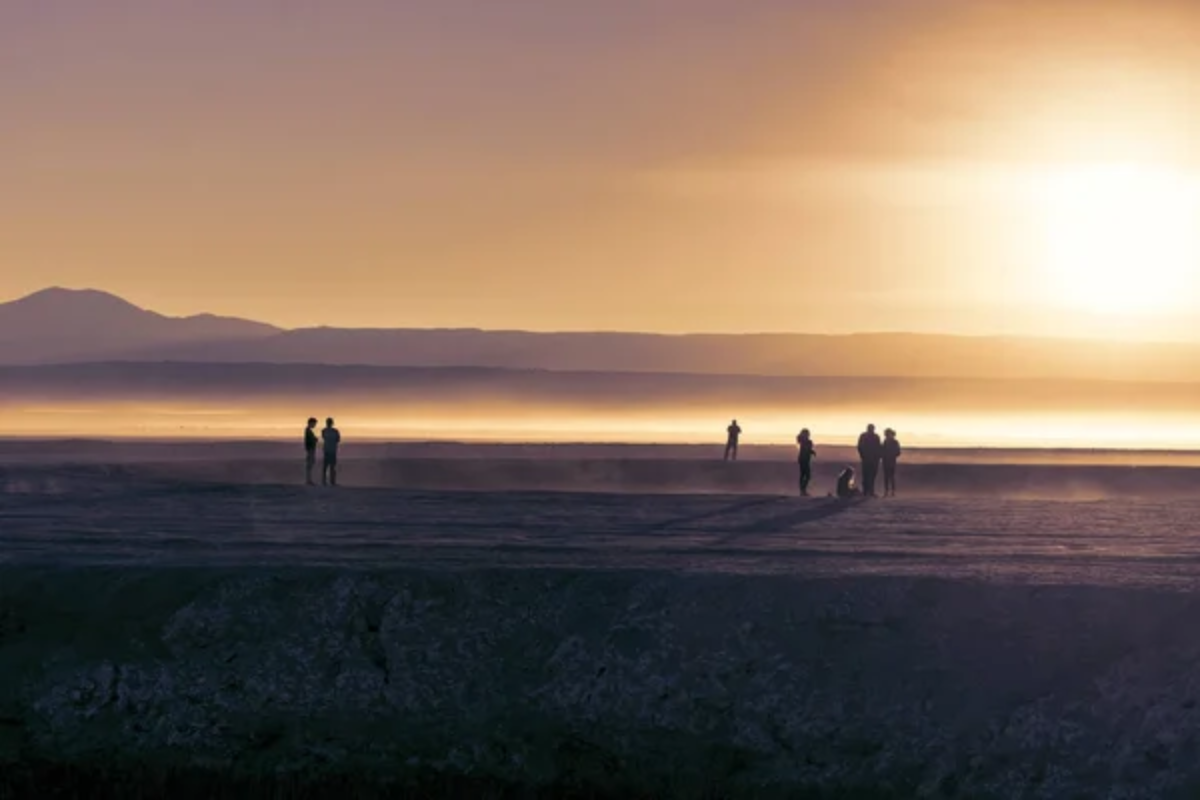
These natural ‘eyes’ in the salt flat create perfect reflection pools for the stars above, doubling every celestial sight in their mirror-like surface. The surrounding salt flat provides a stable ground for equipment setup, with natural paths leading to the best viewing spots.
The site’s easy access from main roads makes it perfect for quick viewing sessions, especially during meteor showers when the reflections create double shows. Regular visitors say the pools are most reflective just before dawn, creating perfect conditions for early morning planet watching.
Local guides know exactly when to visit to catch both the clearest skies and the most stable reflections.
Like Travel Pug’s content? Follow us on MSN.
Desert’s Diamond Display
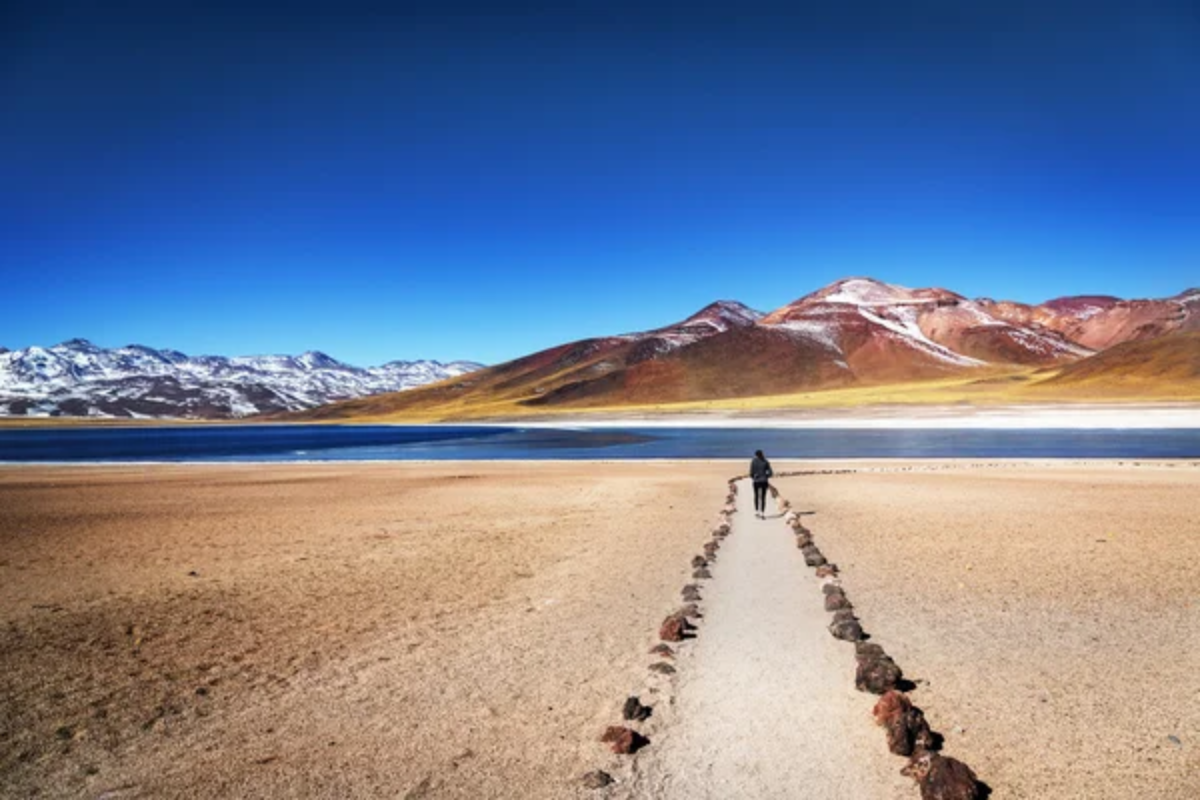
The Atacama’s natural gifts make it more than just a tourist spot – it’s Earth’s window to the universe. From ancient viewing sites to modern observatories, each location tells its own story of humans reaching for the stars.
These spots have witnessed countless visitors tilt their heads back in wonder, reminding us that some experiences never get old. Today’s visitors still find the same magic that drew the desert’s first stargazers thousands of years ago.
Whether you’re a serious astronomer or just someone who loves to wish upon stars, these spots prove that the Atacama remains one of the best places on Earth to feel small under a big sky. The desert’s perfect combination of high altitude, clear skies, and minimal light pollution continues to draw people from around the world, each seeking their own moment of connection with the cosmos.
More from Travel Pug

- 20 Towns Built for One Purpose That Were Later Abandoned
- 15 Hidden Spots in Disney World’s Magic Kingdom Most Visitors Miss
- 15 Most Scenic Walks Anywhere in The World
- 15 Canyons in the U.S. That Are Just as Stunning as the Grand Canyon
- 10 Under-the-Radar Mountain Towns That Are Both Affordable and Beautiful
Like Travel Pug’s content? Follow us on MSN.
